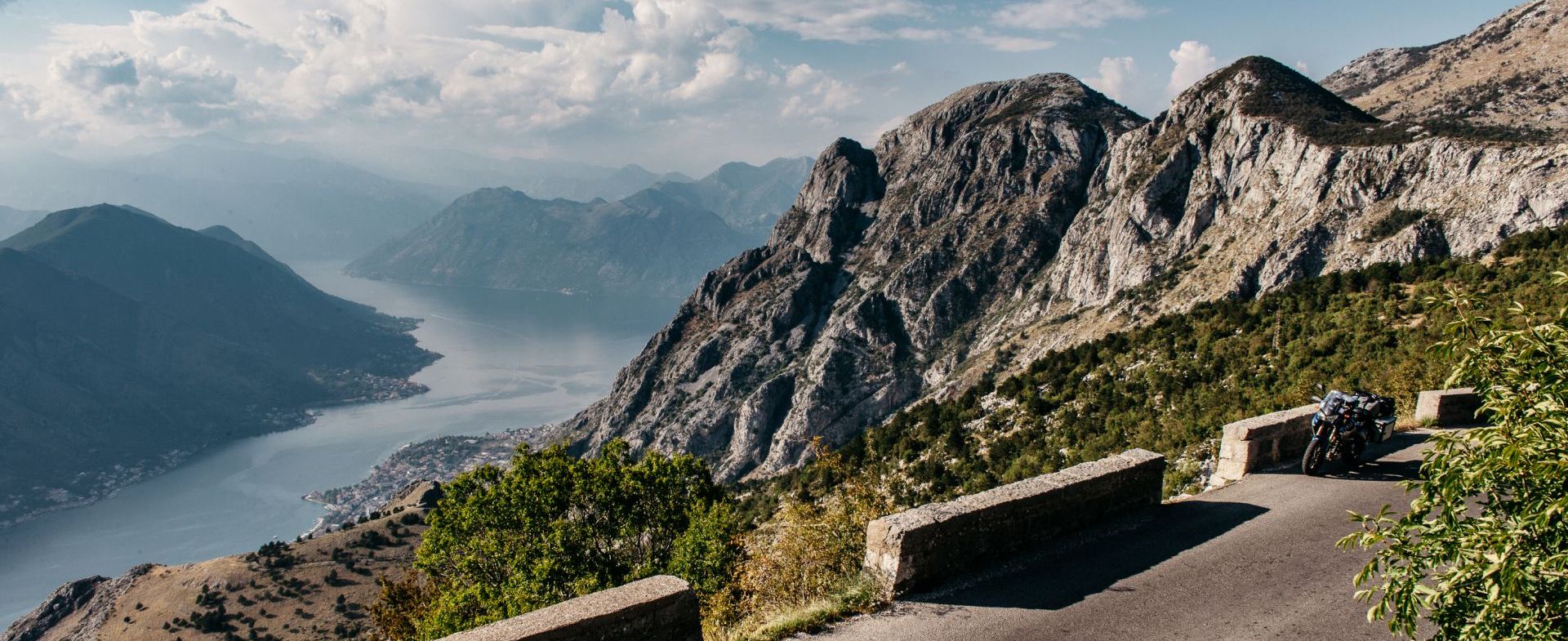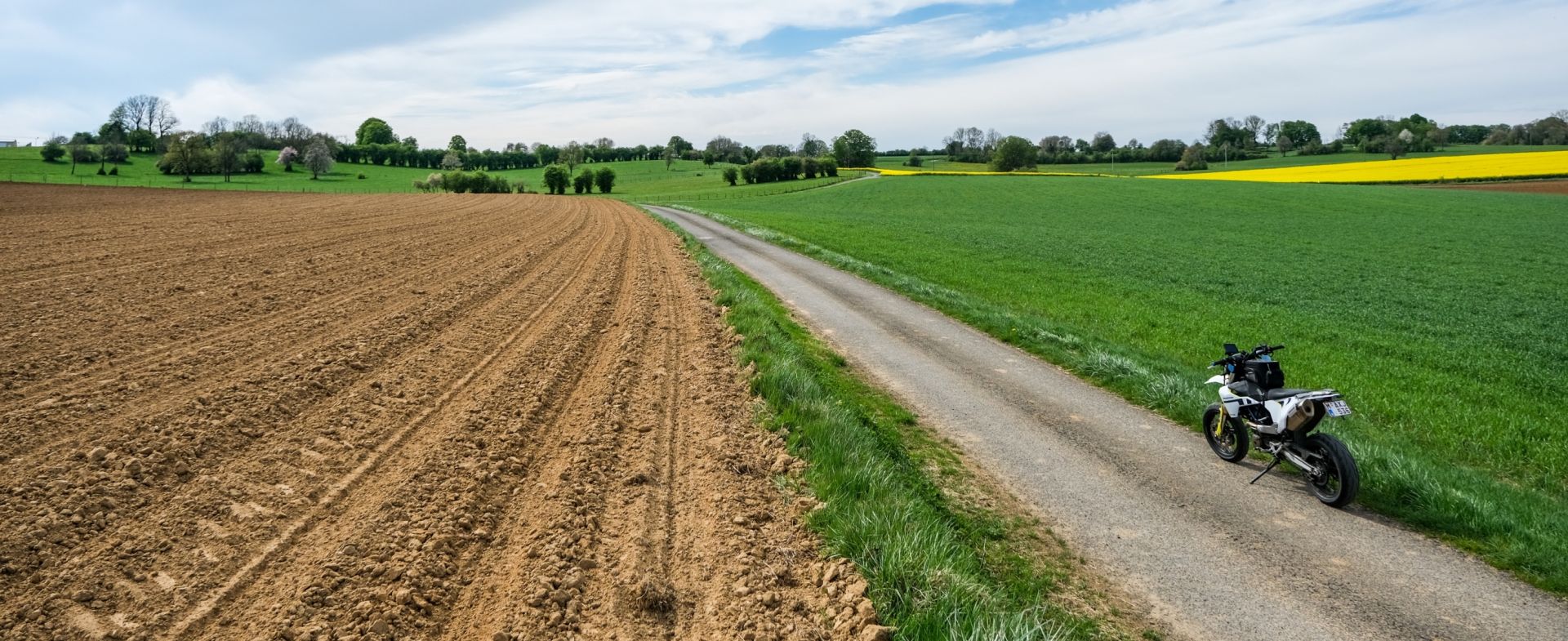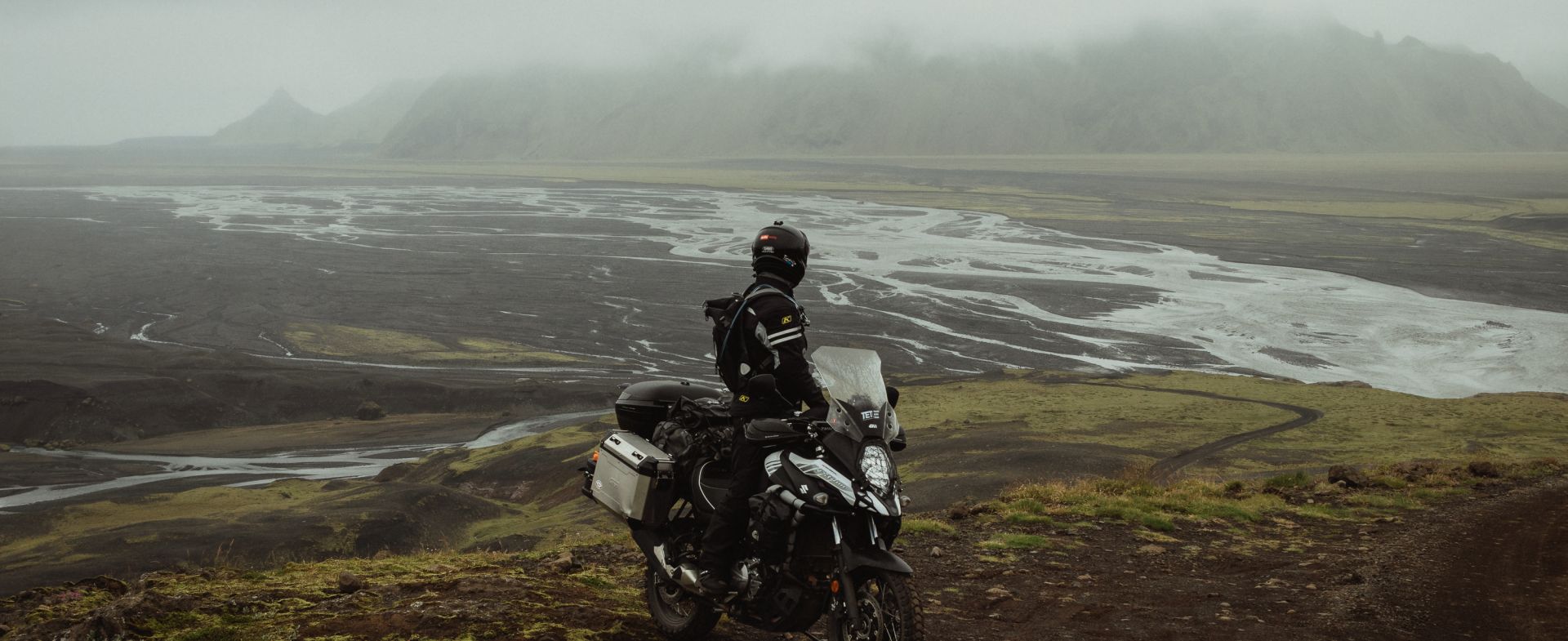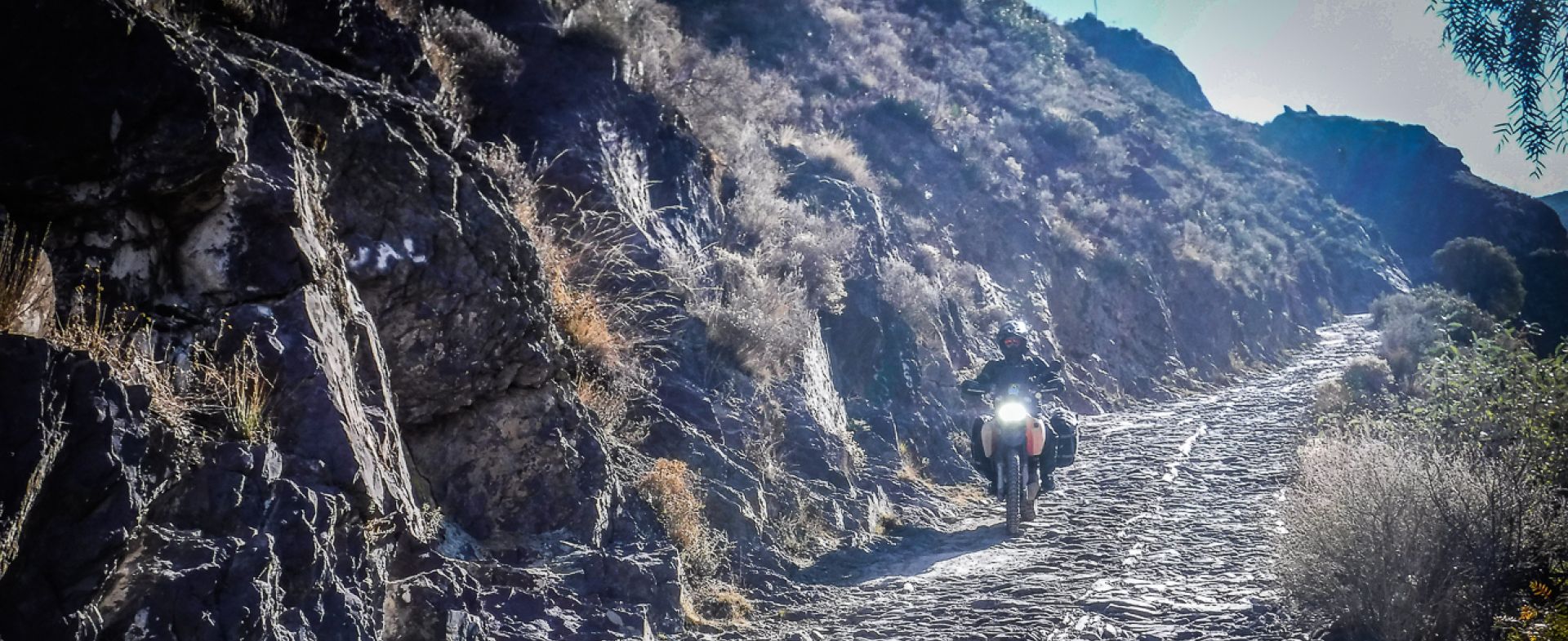P1. While this is the sign we’re keen on spotting on the pit wall as we’re blasting past during any endurance race, it’s also the name of the magnificent stretch of monstrous asphalt between the cities of Cetinje and Kotor - both in Montenegro.
A look on Google Maps will reveal its curvy character, but nothing can prepare you for the real deal: 38 kilometers of rather dangerous, twisty roads. It kicks off at the foot of the Lovcen mountain in Cetinje, a treasure of Montenegrin cultural and historical heritage.
A good hour of riding later, the road ends along one of Montenegro's most beautiful bay - Boka Bay - in the colourfull city of Kotor. The Old City of Kotor is a well preserved urbanization typical of the middle Ages, built between the 12th and 14th century.
But be wary of the fact that this road is not for novices, nor for sissies, as there is little to no room for error. If you can feel the hair raise on your arms, and your palms are getting sweaty by the thought alone, imagine what it must have felt like before the government decided to install barriers.
As motorcycling is all about ‘going where you’re looking’, do yourself a favor and try not to peek over their edge: there’s only a mind boggling vertical drop of hundreds of meters awaiting…
The most seductive part of the road is a merely 8 kilometer long stretch, which consists of 16 hairpin turns, called the Kotor Serpentine. What’s in a name. The narrow one-lane road, slithers its way up the seaside mountain, offering stunning views over Kotor bay from above.
Along this section, the road starts at an elevation of 458m above the sea level, and ends at 881m - an elevation gain of 423 meters, in other words. Marvellous stuff.
Sounds almost too good to be true, right? Well, it is, in a way: the road itself is in dreadful condition and requires strong nerves to negotiate it. If the deteriorated surface of the pass doesn’t challenge you enough, you might want to steer your nobbies from Kotor to Cetinje via the old, but still rideable donkeypath.
Absolutely not for the faint of heart… Everything added up, this mountain road will spoil you with no less than 25 numbered switchback corners during the ride. But beware: in between 10 am and 4 pm, the road tends to be less forgotten than we would’ve hoped… But then again, the sunrise provides this landscape with an indescribable touch.
See the road Cetinje - Kotor.













